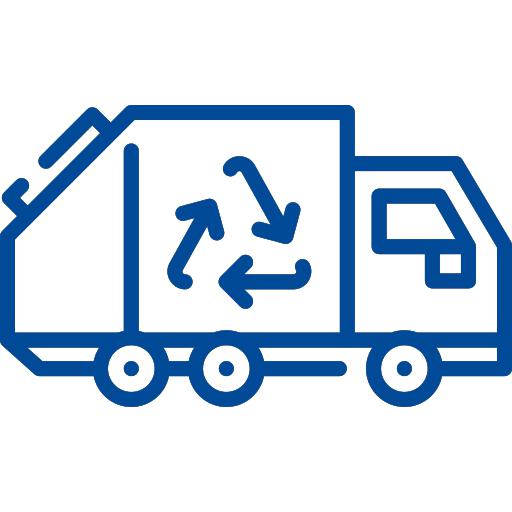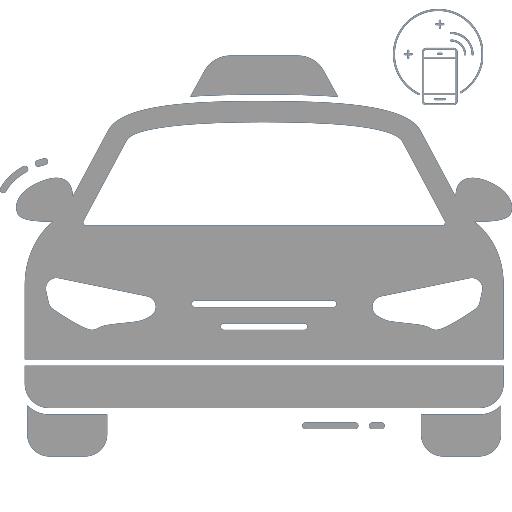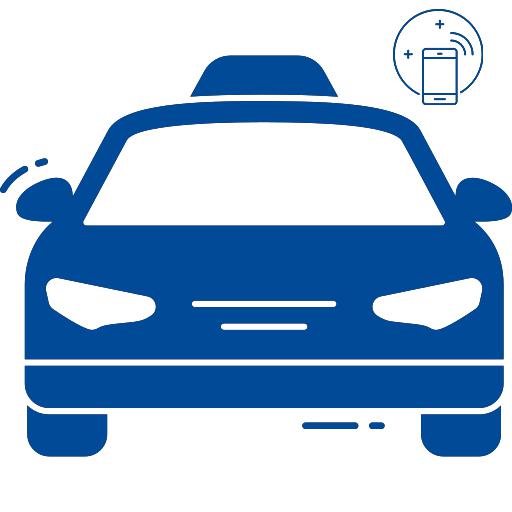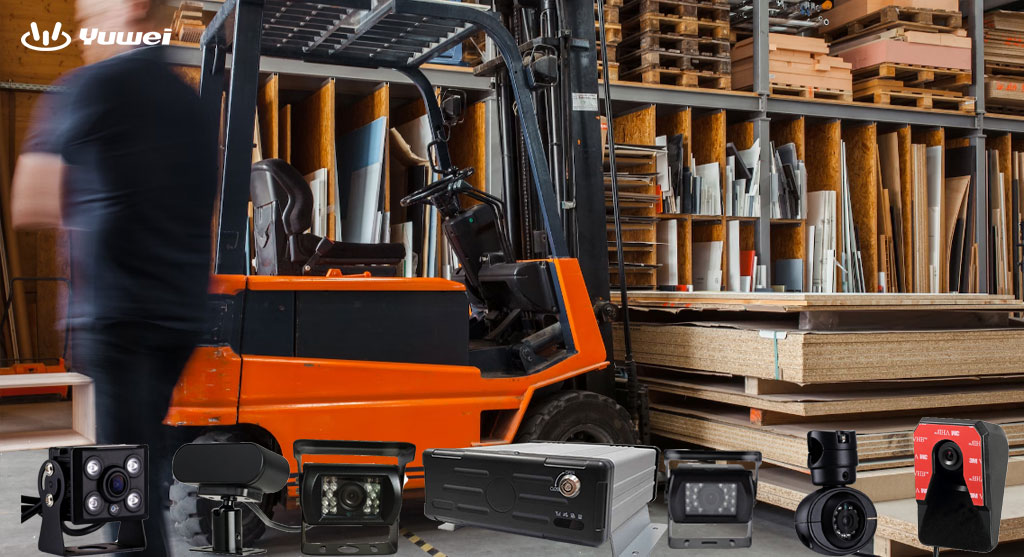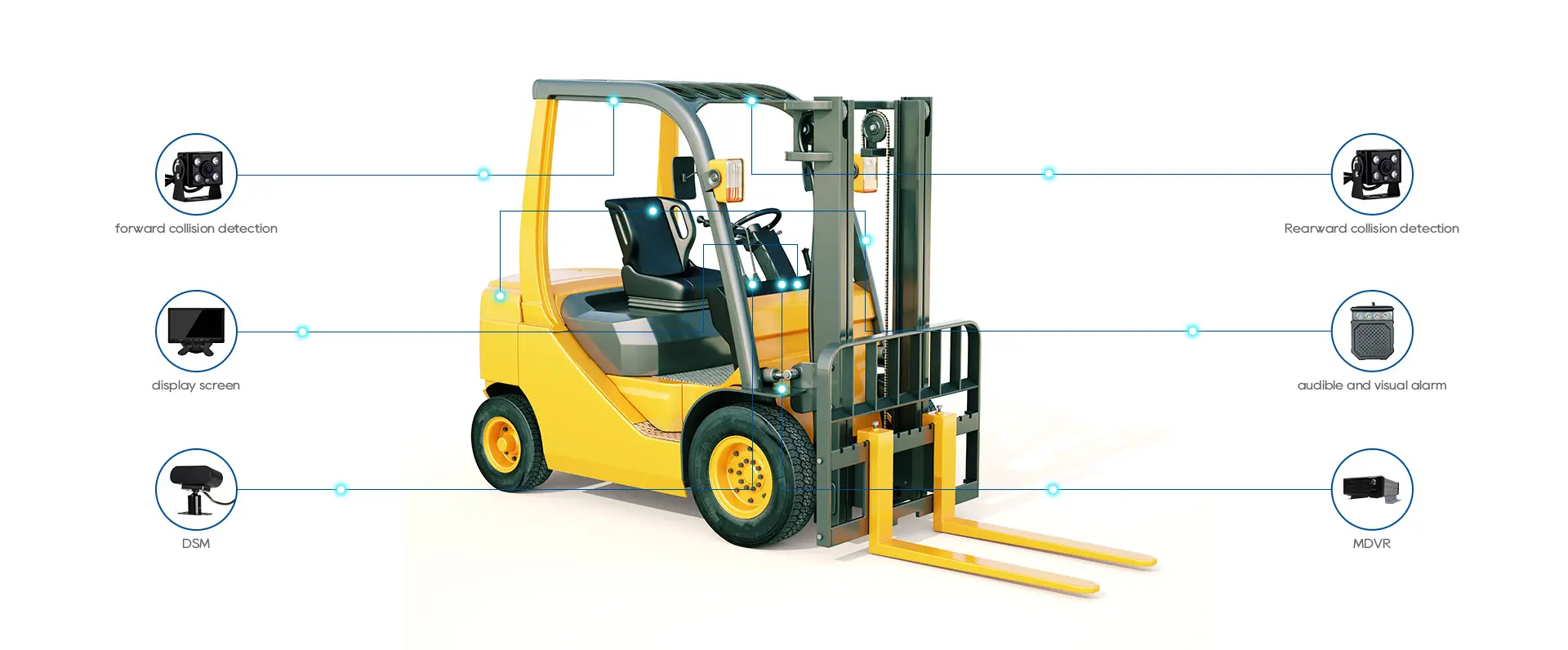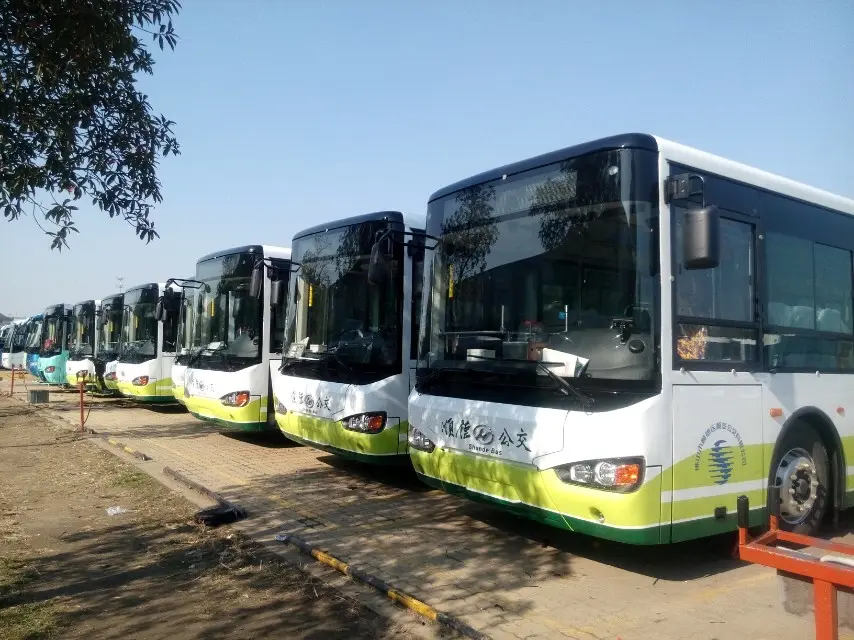Sanitation Vehicle Cameras Monitoring System Solution
YUWEI, a Chinese company, offers a complete sanitation vehicle Cameras monitoring solution aimed at addressing issues such as non-standard vehicle use and drivers driving in violation of regulations.

The solution includes the following main features:
Real-time positioning and video monitoring:
With 4G remote video monitoring system and GPS/BDS dual-precision real-time positioning, the location of sanitation vehicle Camerass can be monitored in real-time, with remote smartphone and computer video monitoring functionality provided. This positioning and video data can also be used as evidence.
AI intelligent analysis:
The system is equipped with an AI dashcam that has intelligent analysis capabilities, which can help fleet companies reduce the occurrence rate of safety incidents by 60%, thus ensuring driver and vehicle safety.
Safety warning function:
The ADAS system provides advanced warning signals to reduce traffic accidents, including forward collision warning (FCW), distance detection warning (HMW), and lane departure warning (LDW). Additionally, the system can upload videos and images in real-time for detection and alert purposes.
Fatigue driving warning:
The system is equipped with a Driver Monitoring System (DMS) fatigue driving warning function, which recognizes physiological fatigue on the driver;s face, such as closing their eyes, yawning, and violating rules (such as making calls, smoking, looking around, bowing, not wearing a seat belt, etc.). The system can issue timely warnings to remind the driver to rest, thereby ensuring the safety of the driver and passengers.
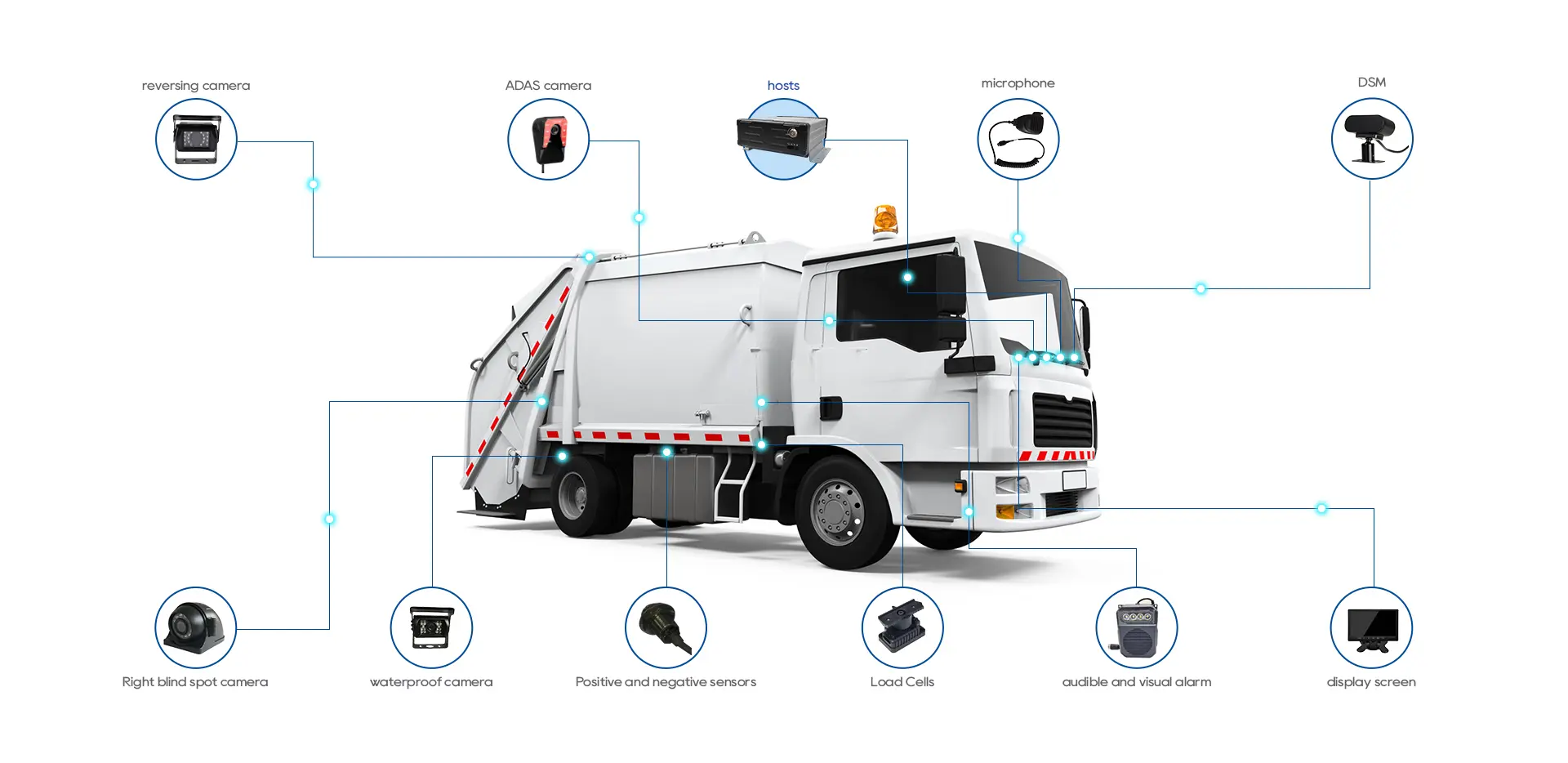
Intelligent remote monitoring system:
The system supports real-time monitoring, achieving real-time positioning of vehicles and real-time video monitoring. Additionally, the system provides an alarm center to query alarm records, set alarm rules and parameters, and supports playback of historical trajectories and videos.
Fuel consumption monitoring system:
The system is equipped with a fuel consumption monitoring function, allowing real-time understanding of the vehicles oil level and fuel consumption, which provides important reference for fleet management.
Two-way voice intercom:
The system supports two-way voice communication between the monitoring center and the driver, facilitating communication during vehicle dispatch.
With YUWEIs sanitation vehicle Cameras monitoring solution, you can effectively manage and monitor the driving conditions of sanitation vehicle Camerass, improve driver compliance and vehicle safety.
Email:hello@yuweitek.com


















